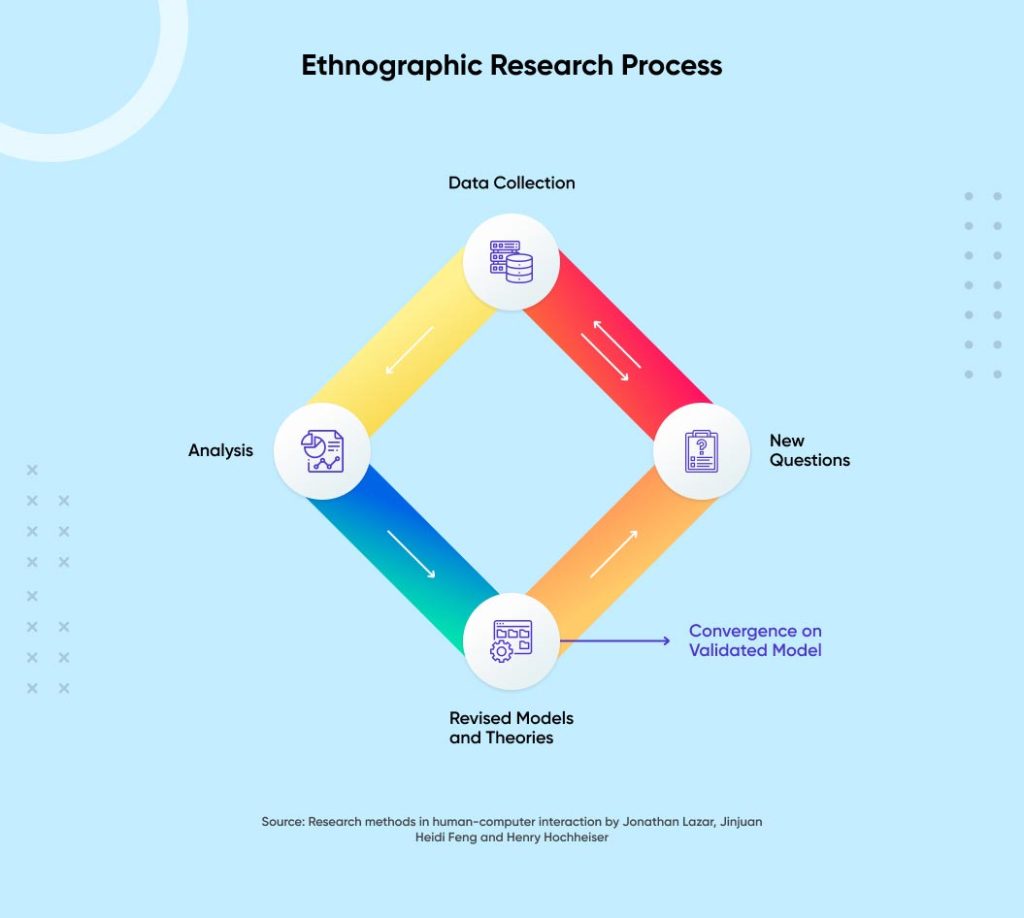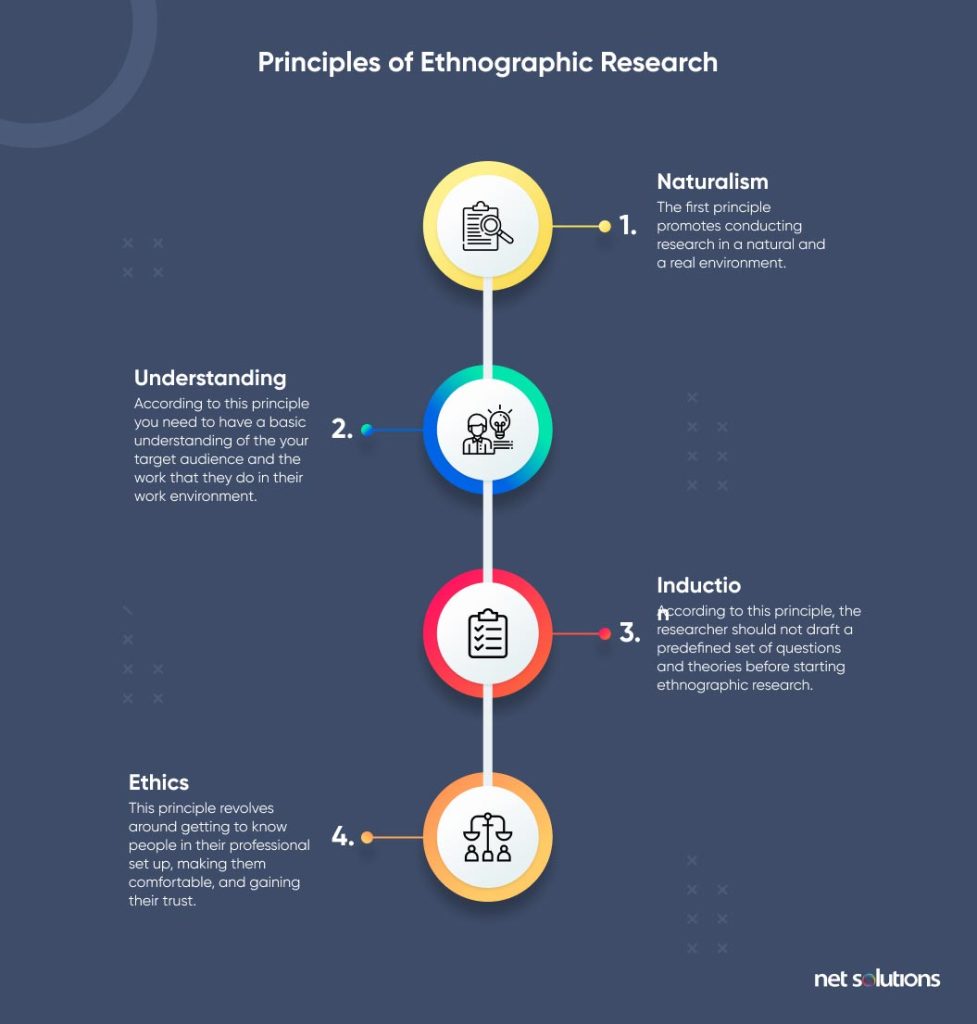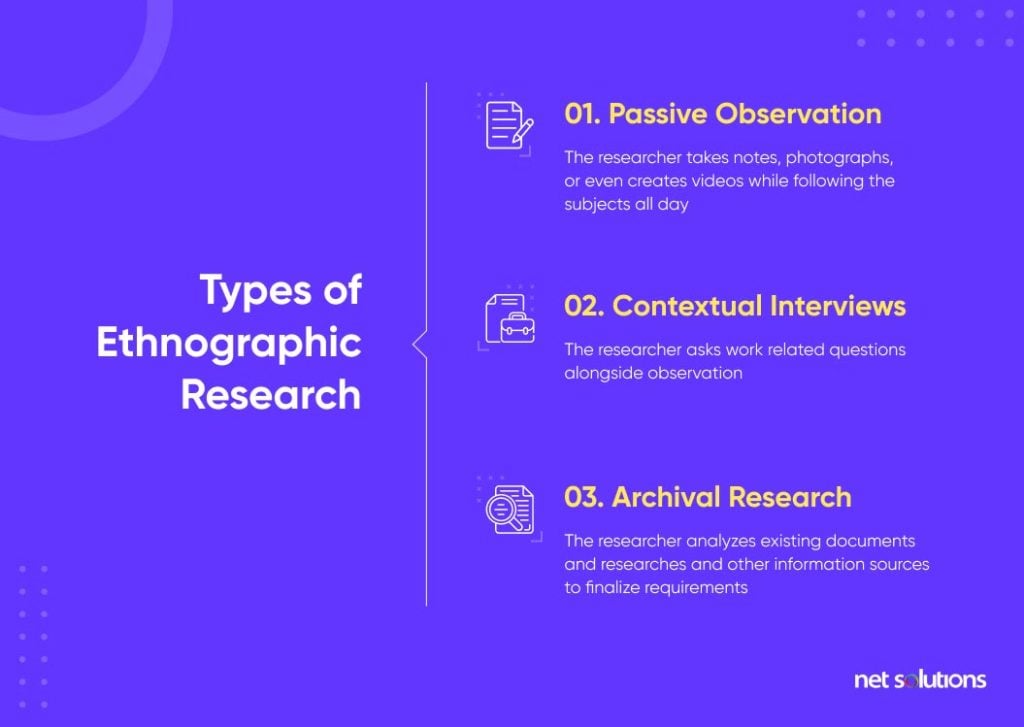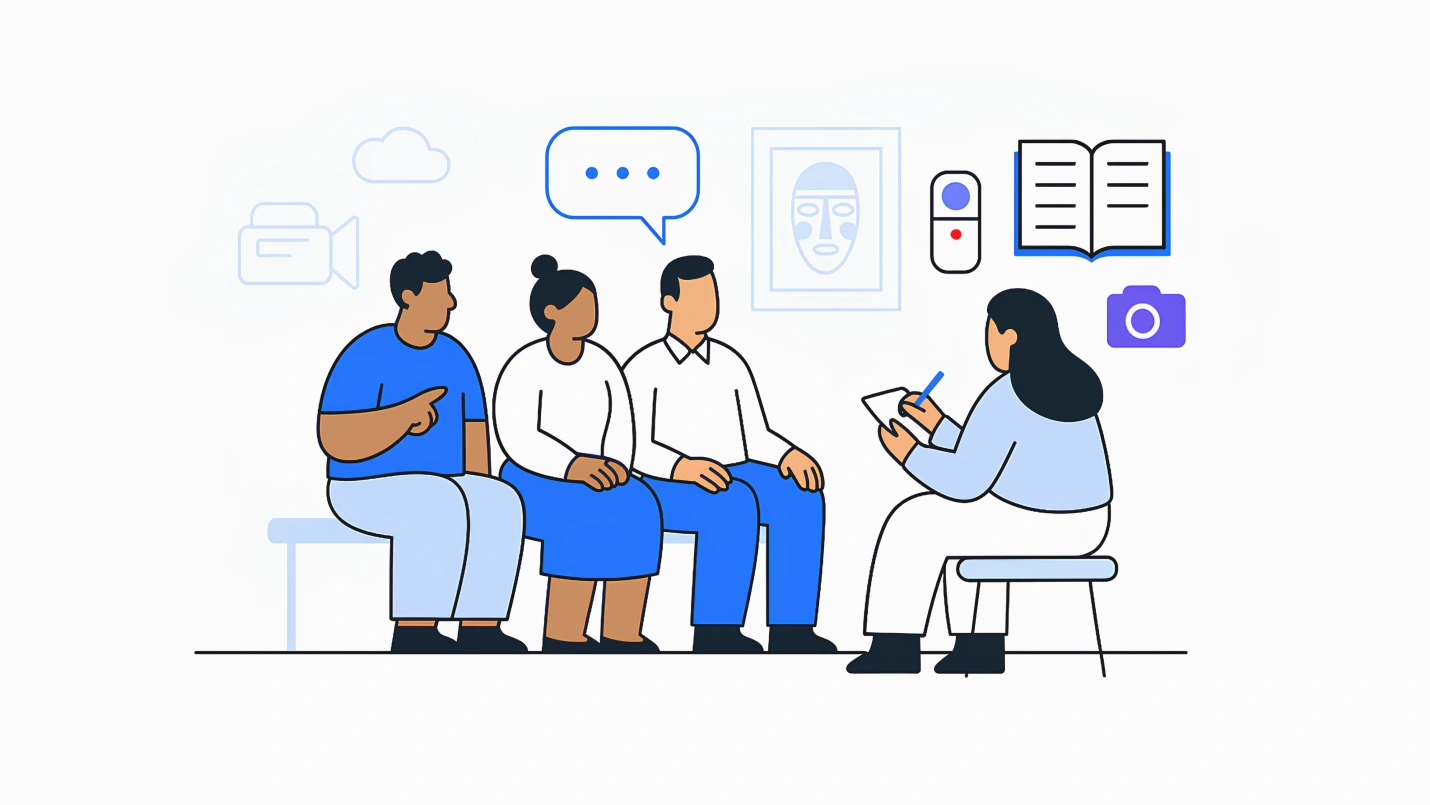A complete understanding of your customers is essential for creating a meaningful user experience. User interviews help get to know your customers but sometimes can lead to vague responses, which further lead to creating broken user experiences. A better user research method needs to fall in place to solve the problem at hand, i.e., the ethnographic research method.
It is a qualitative research method that follows through observing a group of people in their real-life and their first-hand experiences evolving around their everyday lives. This helps give an insight into actual user behavior as opposed to a hypothesis. And, answers the one critical question — how users interact with technology, what delights them, and what adds to the frustrations?
Ethnographic Thinking asks not just what consumers want, but why the organization is solving that particular challenge in the first place. — An Excerpt from Ethnographic Thinking Book
In this write-up, we will be discussing ethnographic research in detail and its role in improving the user experience design.
What is Ethnographic Research?
Ethnographic research is the process of observing people’s behavior in their natural environment. It is a qualitative research method with its roots entrenched in anthropology (study of human culture and behavior).
The goal of ethnographic research is to find out:
- What perception do people have of enterprise software they use?
- How do people interact with technology?
- What frustrates people when interacting with products?
- How satisfied are they with the available software products?
It is similar to a business analyst spending a day with the end-user to understand how they work, behave, and what their usual day is like. This first-hand experience, in turn, helps in conducting better user research and conducting a better requirements analysis.
One thing to note is that ethnographic research is relevant for complex design problems where a more profound and more precise understanding of people and their working environment is essential. Considering the objective to maintain faster time to market in software development projects, ethnography is not always a good idea.
When to Use Ethnographic Research in Software Development Life Cycle?
The goal of ethnographic research is to find out the major pain points that the people are facing (in the target market you are trying to solve problems for). This implies that ethnographic research is part of “requirements analysis” to help finalize the design requirements for the product.

If the problem in your head is looking complex and looking for a better understanding of the problem at hand, make ethnography part of your requirements analysis phase.
This helps in making informed design decisions from early on.
Ethnographic Research: Principles
The basic principles of ethnographic research include:

1. Naturalism
The first principle promotes conducting research in a natural environment. A first-hand account is essential in ethnographic research. You cannot set up an artificial environment and expect to imitate what people do and how they do it. Everything needs to be natural and genuine.
2. Understanding
According to this principle, you need to understand the environment and the work that subjects do in their work environment. Without a basic understanding, it can get taxing to conduct a comprehensive study and infer requirements.
3. Induction
According to this principle, the market researcher should not draft a predefined set of questions and theories before starting ethnographic research. Instead, the research process should begin with a general interest to understand user pain points that the product can solve.
4. Ethics
Ethnographic research should showcase empathy and the human side of things. It is about getting to know people in their professional setup, making them comfortable, and gaining their trust. As part of ethics, it is essential to seek permission from your subjects — if you could use their real names or they prefer pseudo names in the final research.
Advantages of Ethnographic Research
Following the ethnographic research, the approach is essential for your business in many ways. Here are some of the benefits it entails:
1. Uncovering Unexpected Issues
Often the most critical things are missed during online interviews and surveys. For instance, the interviewee will only answer the research questions asked, and due to the interviewer’s lack of understanding of the work, some things can go amiss.
However, spending time in your end users’ work environment brings a different perspective into the picture. Unexpected issues and pain points are revealed, which you never thought of in the first place.
2. Better Understanding of Mindset
When in your end-users live environment, you get a chance to step into their shoes — how they feel, their behavior and attitude, and their ideas for solving commonly occurring pain points.
Ethnographic research greatly helps figure out the major UI/UX problems and how to solve them.
3. Helps Build Better Prototypes
A prototype is a draft version of the product to demonstrate its UI/UX flow. It gives an idea about the look and feel of the product and also helps attract seed funding.
With ethnographic research results, you can create powerful and to-the-point prototypes, which will get approved in one go.
What are the Disadvantages of Ethnographic Research?
The significant disadvantages of ethnographic research include:
1. Consumes Time
Reaching out to your prospective users, seeking approvals, and spending time in their live environment is a time-consuming process. It could take months or even a year.
Also, it might take people some time to open up to you and behave in their natural form or provide genuine answers without hesitation. As long as the problem is complicated and you have the bandwidth to conduct this research, there should be no issues.
2. High Costs
The cost to conduct ethnographic research is higher compared to conducting usability testing. Researchers only prefer ethnography if the requirements are too complicated to crack through.
The research method is not feasible for figuring out simple, everyday common problems that you are trying to solve.
3. Researchers’ Bias
The researcher can bend the truth and present the data and notes in a way they want to portray them. This is not always true, but sometimes the researcher’s biases can lead to inaccurate requirements analysis.
This molding of facts is similar to fictional stories but represented in a way that they seem real.
Types of Ethnographic Research Methods
There are different types of ethnographic research methods, which include:

1. Passive Observation
This is an observational method similar to shadowing, where the researcher follows the subject person throughout their day. Sometimes passive observation precedes interview sessions with users (individually or in groups).
As a part of passive observation, the researcher takes notes, photographs, or even creates videos while following the subjects all day.
2. Contextual Interviews
This research method is similar to passive observation but also includes interactions. The researcher can ask work-related questions alongside observation to gain a deeper perspective.
3. Archival Research
In this research type, the researcher analyzes existing documents and researches and gathers information from other sources to finalize requirements. Archival research leaves fewer chances of research biases as there is no physical contact with the subjects.
Conclusion
Ethnographic research helps in analyzing user behavior and actions in a live environment they work in. The actions and their interactions with technology are recorded, i.e., what delights them and what leads to frustrations.
These findings are recorded, analyzed, and worked upon later to solve design problems users are facing. This, in turn, leads to a great user experience. However, the research method is feasible for complex problems as it takes a lot of time and money to execute.
Follow through our next post to know how to do ethnographic research (with example).




